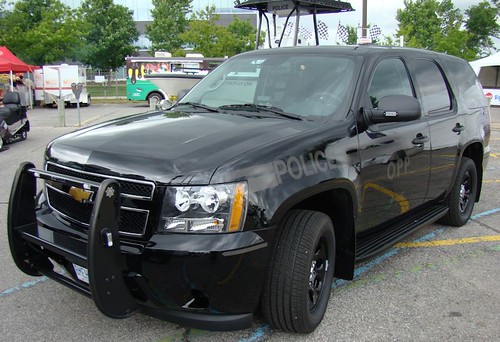
Ontario Provincial Police (OPP) has issued some startling news related to vehicle accidents occurring on roads they patrolled in 2014. Published numbers paint a disturbing picture of tragedies on Ontario roadways that could have been completely avoided.
In all of Ontario, a total of 74,684 motor vehicle collisions occurred in 2014 (a reduction from 75,684 province-wide collisions in the 12 months of 2013). Due many of those resulted in damage to a car, truck, motorcycle or other vehicle, a sizable number of accidents ultimately proved fatal. Overall fatalities on Ontario roads showed a modest reduction for 2014 compared to the previous year with the total number falling from 290 to 287. Though the slight reduce has been a pleasing sight for the OPP, the data is by no means celebrated. The most alarming numbers is the amount of deaths on OPP patrolled roads occurring due to contributing circumstances. The four major factors (called the "Big Four" by the OPP) remain Drugs/Alcohol, non-use of basic safety equipment, speed and inattentive or distracted driving.
Drugs/Alcohol
Drugs and alcohol have long been attributed some of the most senseless losses of life on roadways. In 2014, accidents related to consumption of substances on OPP-patrolled roads claimed 46 people. Serving as a somewhat positive, deaths related to drugs and alcohol in 2014 has dropped considerably from 2013 levels. Falling from 73 in 2013, this statistic showed a nearly 37 percent reduction.
No Seat Belt/Helmet Use
50 deaths on Ontario roads are also related to the non-use of basic safety equipment. Automobile passengers not wearing a seat belt and motorcycle riders refusing to wear helmets remain a contributor to the loss of life in accidents. While the number decreased by 21 from 2013's total of 71 deaths relating to seat belt/helmet non-use, the number exceeds alcohol and drug related fatalities after 2014.
Speed-Related
The only statistic that showed a disturbing growth in 2014 was speed-related fatalities. Accounting for 47 deaths in 2013 (the lowest point in the past ten years in Ontario), excessive speed on OPP-patrolled roads rose to 61 fatalities. The number is still a long ways from the 159 deaths that occurred due to speeding during 2005.Distracted Driving
In recent years, inattentive or distracted driving has become a widely-publicized concern on roads. The proliferation of miniaturized computer devices such as smartphones has driven the conversation of distracted driving to the forefront. While cell phones are commonly attached to the topic, the realm of inattentive driving could be far deeper-reaching to any action that draws attention away from safe operations of a motor vehicle. In 2014, 73 people death on OPP roads making it the largest single cause of fatalities. Measured since 2009 by the OPP, this cause of death on Ontario roads has been ranked the highest in three of the past four years. One positive note is inattentive driving showed its first decline in five years.Enforcement and prevention has kept every one of the "Big Four" away from provincial highs in Ontario of the past decade. Realizing there is still room for improvement in road safety, Provincial Commander of Traffic Safety and Operational Support's Deputy Commissioner Brad Blair stated, "As we have said before, regardless of how hard the OPP works to reduce the number of lives lost in road collisions, we cannot do this alone. Ontarians need to understand what we learn from this data, which is that the vast majority of the people who have died on our roads did not have to die,".

Comments
Post a Comment